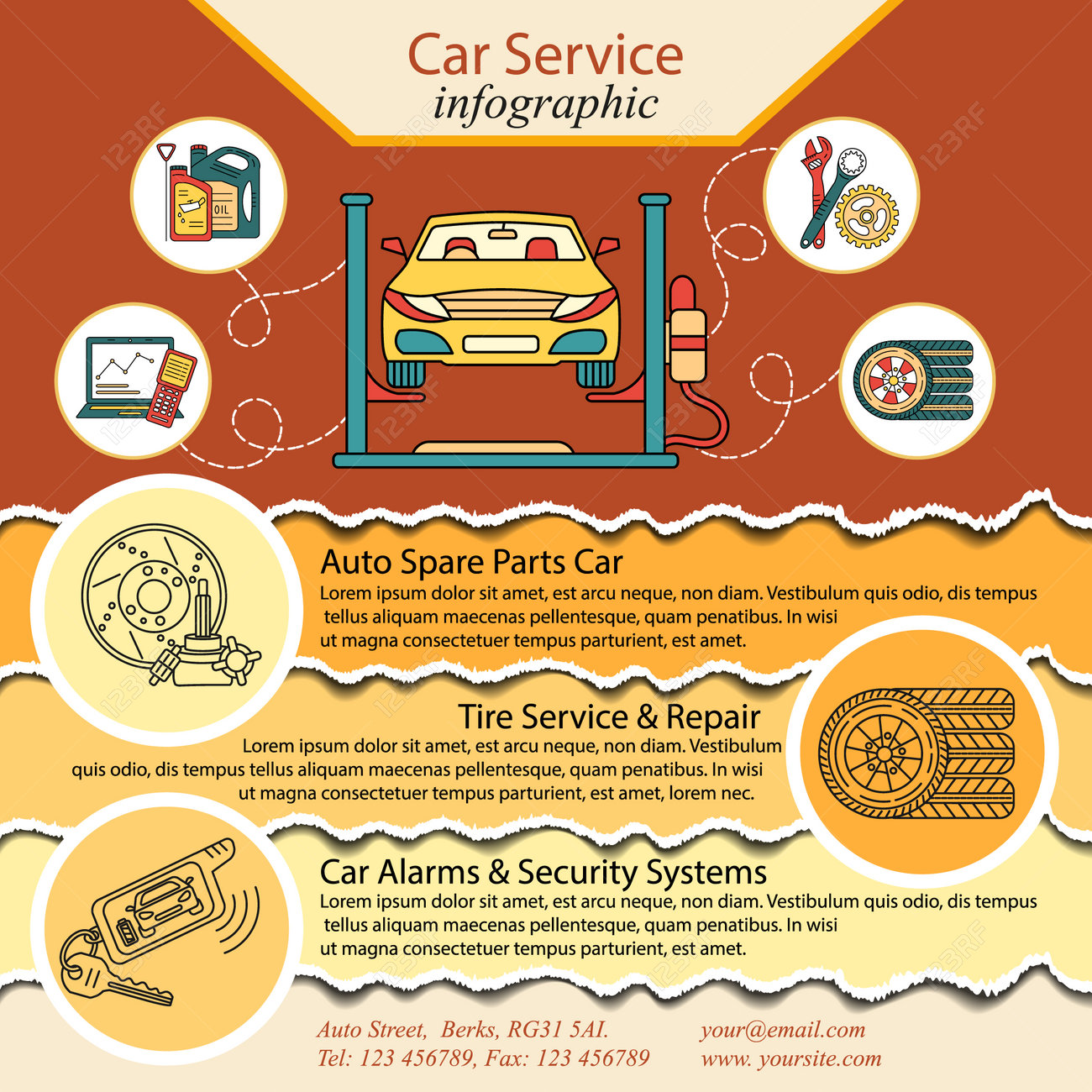Deciphering The Value Of Your Vehicle'S Caution Indicators
Deciphering The Value Of Your Vehicle'S Caution Indicators
Blog Article
Keep Reading By-Hernandez Conradsen
When you lag the wheel, those beautiful warning lights on your control panel can be a bit complicated. Do you recognize what they're trying to inform you concerning your cars and truck's health? Understanding the value of these lights is essential for your safety and the long life of your lorry. So, the following time among those lights turns up, wouldn't you intend to understand its message precisely and take the required actions to address it?
Common Warning Lights and Interpretations
Determine common warning lights in your car and understand their definitions to make certain safe driving.
The most regular caution lights consist of the check engine light, which indicates issues with the engine or exhausts system. If this light comes on, it's critical to have your automobile examined promptly.
The oil stress alerting light indicates reduced oil pressure, requiring instant focus to prevent engine damages.
A flashing battery light may suggest a damaged billing system, potentially leaving you stranded otherwise addressed.
The tire stress surveillance system (TPMS) light notifies you to reduced tire pressure, impacting car security and gas performance. Overlooking https://daltontokey.smblogsites.com/28291337/10-valuable-tips-for-selecting-the-top-auto-service-center-in-your-location could cause unsafe driving problems.
The abdominal muscle light indicates an issue with the anti-lock stopping system, jeopardizing your capability to stop rapidly in emergencies.
Finally, the coolant temperature level warning light warns of engine getting too hot, which can cause extreme damage if not resolved quickly.
Recognizing these typical caution lights will certainly aid you resolve concerns quickly and keep risk-free driving conditions.
Value of Prompt Focus
Comprehending the typical warning lights in your vehicle is just the initial step; the importance of quickly resolving these warnings can not be highlighted sufficient to guarantee your safety and security when traveling.
When a warning light illuminates on your dashboard, it's your car's means of interacting a prospective issue that requires attention. Disregarding these cautions can result in extra extreme problems later on, compromising your security and possibly costing you a lot more in repairs.
Trigger focus to alerting lights can stop breakdowns and mishaps. For instance, a blinking check engine light can suggest a misfire that, if left neglected, can create damage to the catalytic converter. Resolving this promptly can save you from an expensive repair.
Likewise, a brake system alerting light may signify low brake fluid or worn brake pads, critical elements for your safety when driving.
DIY Troubleshooting Tips
If you notice a warning light on your dashboard, there are a few do it yourself troubleshooting suggestions you can attempt prior to looking for professional aid.
The initial step is to consult your auto's manual to comprehend what the particular caution light shows. Often the problem can be as simple as a loose gas cap setting off the check engine light. Tightening up the gas cap might fix the trouble.
Another typical issue is a low battery, which can activate various cautioning lights. Checking the battery links for corrosion and guaranteeing they're safe and secure could take care of the issue.
If a warning light lingers, you can attempt resetting it by disconnecting the car's battery for a couple of minutes and then reconnecting it. In addition, examining your vehicle's fluid levels, such as oil, coolant, and brake fluid, can assist troubleshoot warning lights connected to these systems.
Conclusion
Finally, recognizing your vehicle's caution lights is crucial for keeping your automobile running smoothly and securely. By quickly dealing with these informs and knowing what they indicate, you can avoid expensive fixings and possible malfunctions.
Bear in mind to consult your vehicle's guidebook for specific details on each advising light and act accordingly to ensure a trouble-free driving experience.
Stay educated, stay risk-free when driving!
